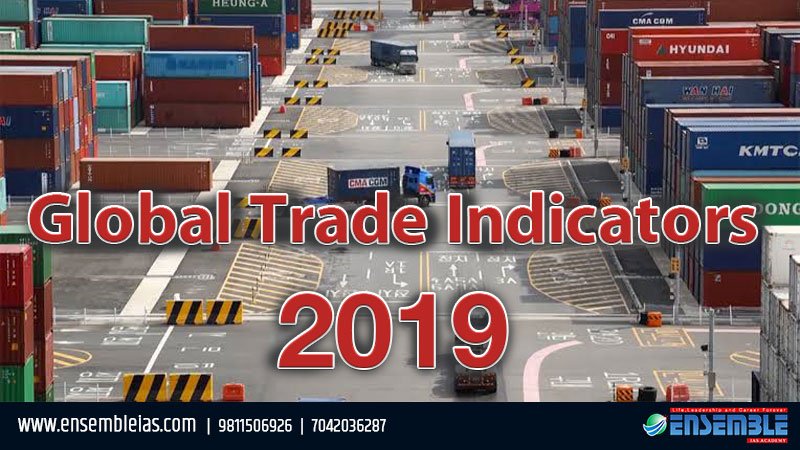Global Trends 2019
In today’s world, nations are becoming increasingly interconnected by air, land, sea and cyberspace. As globalization has knitted countries and continents closer together, the borders of the map and the barriers of geography have been rendered, in some ways, obsolete.
Now events in one region can more easily have consequences in another, at times even rippling across the globe. We explore those with the greatest impact on international decision-making during the forecast period below.
Visit our store at http://online.ensemble.net.in
A Push for Final Trade Deals Before U.S. Elections
President Donald Trump will push to finalize as many deals as possible before U.S. voters decide in November whether he will return to the Oval Office. In areas where negotiations struggle to make headway, the United States may implement more aggressive policies to strengthen its negotiating leverage. That strategy, however, would carry the risk of damaging Trump’s electoral support if White House actions demonstrably drag down the U.S. economy. That could temper the U.S. posture in the event that certain talks break down closer to elections. Economic headwinds globally, a cooling stock market and more economic pain and bankruptcies in the Midwest and among American farmers will temper the U.S. negotiating posture in trade issues. The U.S. position on Iran and North Korea is less likely to soften as the administration and Congress push for stronger deals.
Global Trade Indicators 2019 : A Slow Economic Recovery Takes Shape

View our Blog: https://ensembleias.com/blog/
Uncertainty injected into global trade policy by aggressive U.S. actions will continue to be a chief driver of economic weakness throughout the year even as the U.S.-China trade deal injects some optimism for growth. A number of other downside risks that could easily be triggered in 2020 will keep a lid on global economic growth. While China has been able to manage its economic slowdown, its coping strategies rest on a number of risky tactics, raising the possibility that it will experience a sharp downturn, particularly if its trade war with the United States intensifies. But it’s more likely that while growth in the Chinese and U.S. economies will slow, neither will undergo a sudden contraction.

Economic growth in Western Europe will continue to be anemic, likely remaining below 1 percent for the year. A significant factor in that weakness will be Germany’s continued economic malaise and Berlin’s unwillingness to use significant fiscal stimulus to counter it. Emerging markets are also set for a difficult 2020. Argentina will be mired in an economic crisis. Brazil and India will each struggle to make the structural reforms necessary to resume higher levels of growth. The Turkish economy, driven by unsustainable levels of stimulus, may continue its slow recovery — but no quick acceleration is likely. Continued global economic weakness will help fuel conditions for more large-scale protests in developing countries with economic inequality and weak governance.
Global Trade Indicators 2019
Other factors impeding global growth are the limitations many countries face in using strong monetary or fiscal response as an economic stimulus. In the developed world, the use of monetary policy and low-interest rates to generate growth has largely exhausted its utility. In some countries with room to employ fiscal stimulus, such as Germany, political opposition will likely keep that option off the table.
Source : Stratfor | Google
For more details : Ensemble IAS Academy Call Us : +91 98115 06926, +91 7042036287
Email: [email protected] Visit us:- https://ensembleias.com/
#economic_growth #western_europe #china #russia #us #india #growing #proximity #icons #political_class #blog #current_affairs #daily_updates #free #editorial #geographyoptional #upsc2020 #ias #k_siddharthasir #ensembleiasacademy




